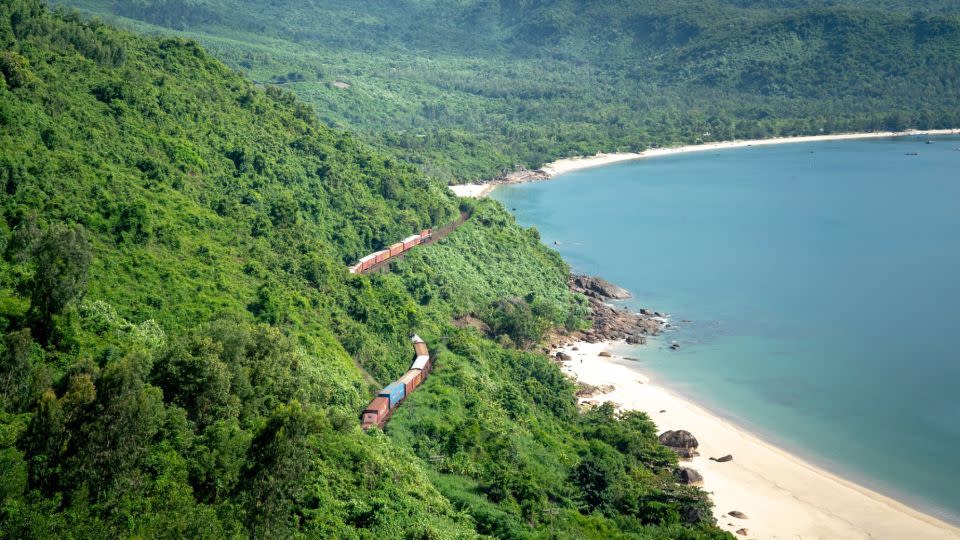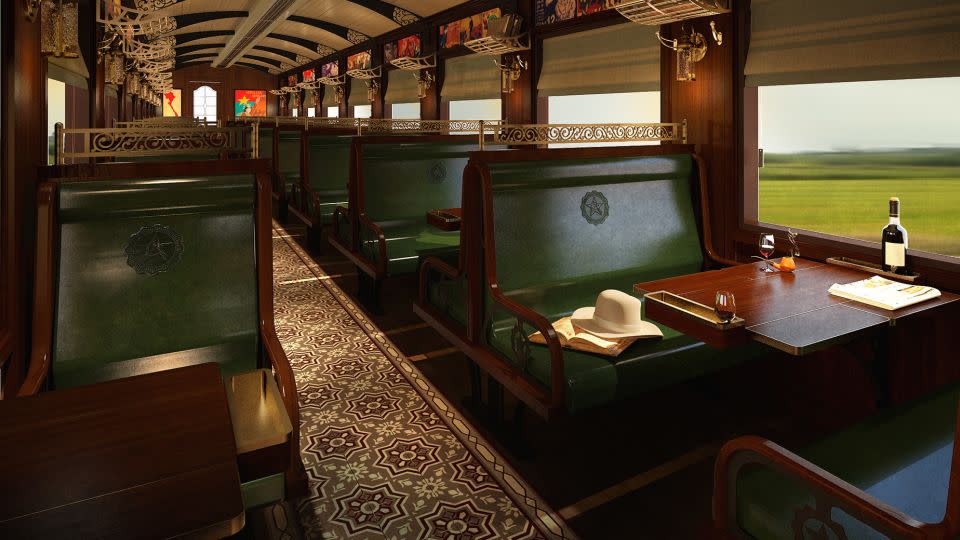Vietnam’s vintage 1960s steam locomotives are back on the rails
Train enthusiasts and history buffs alike will soon have a new Southeast Asian destination to visit, as Vietnam prepares to unveil a revamped pair of vintage steam locomotives from the 1960s.
The two Revolution Express locomotives are the last working steam trains in Vietnam, dating from when the country was still a French colony, according to hospitality brand Wafaifo Optimisers, which is managing the project.
In recent years, the trains have been slowly restored to working condition using original parts, and crafted by the last remaining steam engineers working for the national railway system.
Now, the trains are nearly ready to take on tourists and visitors – with the first trips expected to come late 2024 or early 2025, Wafaifo Optimisers said in a news release. Tickets aren’t on sale yet, and there are no details on pricing – but booking information will come in the next few months, it said.

The trains will travel between the central city of Da Nang, known for its beach resorts on the coast, and the former royal capital Hue, famous for its many palaces and elaborate royal tombs, Wafaifo said.
Each train will have two retro-styled carriages for passenger seating, a kitchen car and a baggage carriage. Renderings of the interiors show luxurious furnishings that call back to the trains’ colonial French past with mahogany tables and chairs, gold accents and decorative tiling.
Large windows on all sides will allow sweeping views of the passing landscape, as the train winds past the Hai Van coastal mountain range –– famous for its rolling green hills overlooking the vast sea – and the village of Lang Co, known for its fishing community and seafood.
It’s not just the decor that hearkens back to Vietnam’s past; there will even be staff dressed in “period costume,” and a brass band in army regalia to greet disembarking guests, according to the news release.
Each train station along the route will be fitted with an appropriately themed restaurant, including one in Hue with an imperial theme to match its royal history, and an independence-themed joint in Lang Co.
“We are proud to bring these old dames of rail back to life and to showcase important periods in Vietnamese history from imperial through colonial rule and finally the struggle to independence,” said Michael Gebbie, the chairman of Indochina Rail Tourist Service.

Vietnam declared its independence from France on September 2, 1945 – a claim that neither France nor the United States recognized. The US proceeded to aid France with military equipment to fight the Vietnamese rebels.
By 1954, Vietnam signed the Geneva Accords – splitting the country into two halves, the Communist-led north and US-supported south, and kicking off the bloody Vietnam War, which would last nearly two decades.
The war finally ended in 1975 with the fall of Saigon (now Ho Chi Minh City), with more than 1.3 million military deaths for all countries involved and 1 million total civilian deaths.
Today, a number of tourism sites commemorate Vietnam’s past, ranging from war memorials to ancient citadels that have been designated UNESCO World Heritage Sites – including Hue – preserving the country’s bygone emperors.
For more CNN news and newsletters create an account at CNN.com